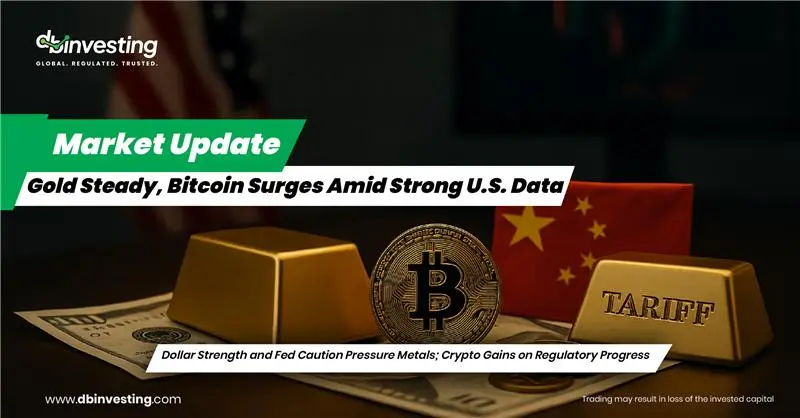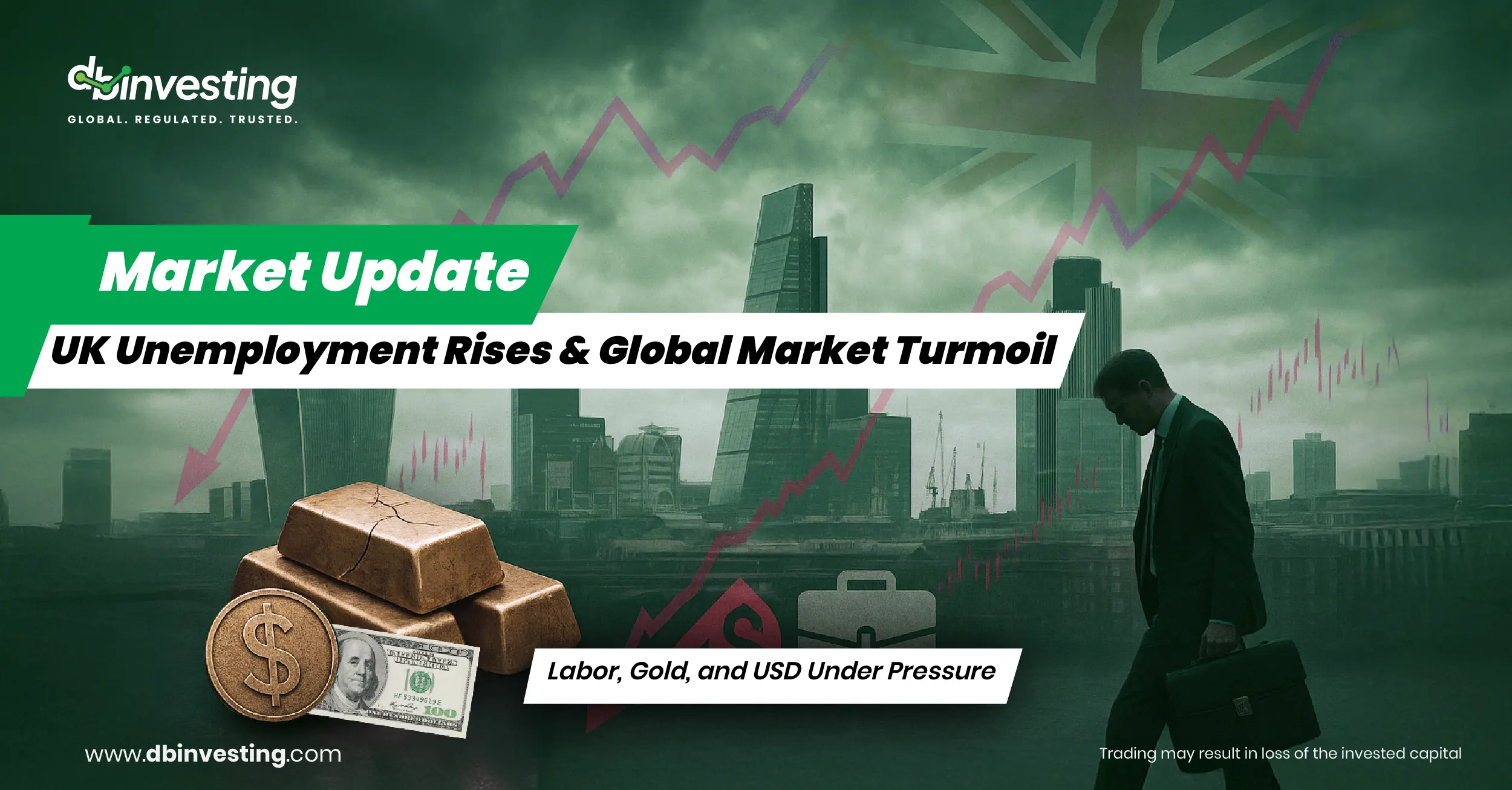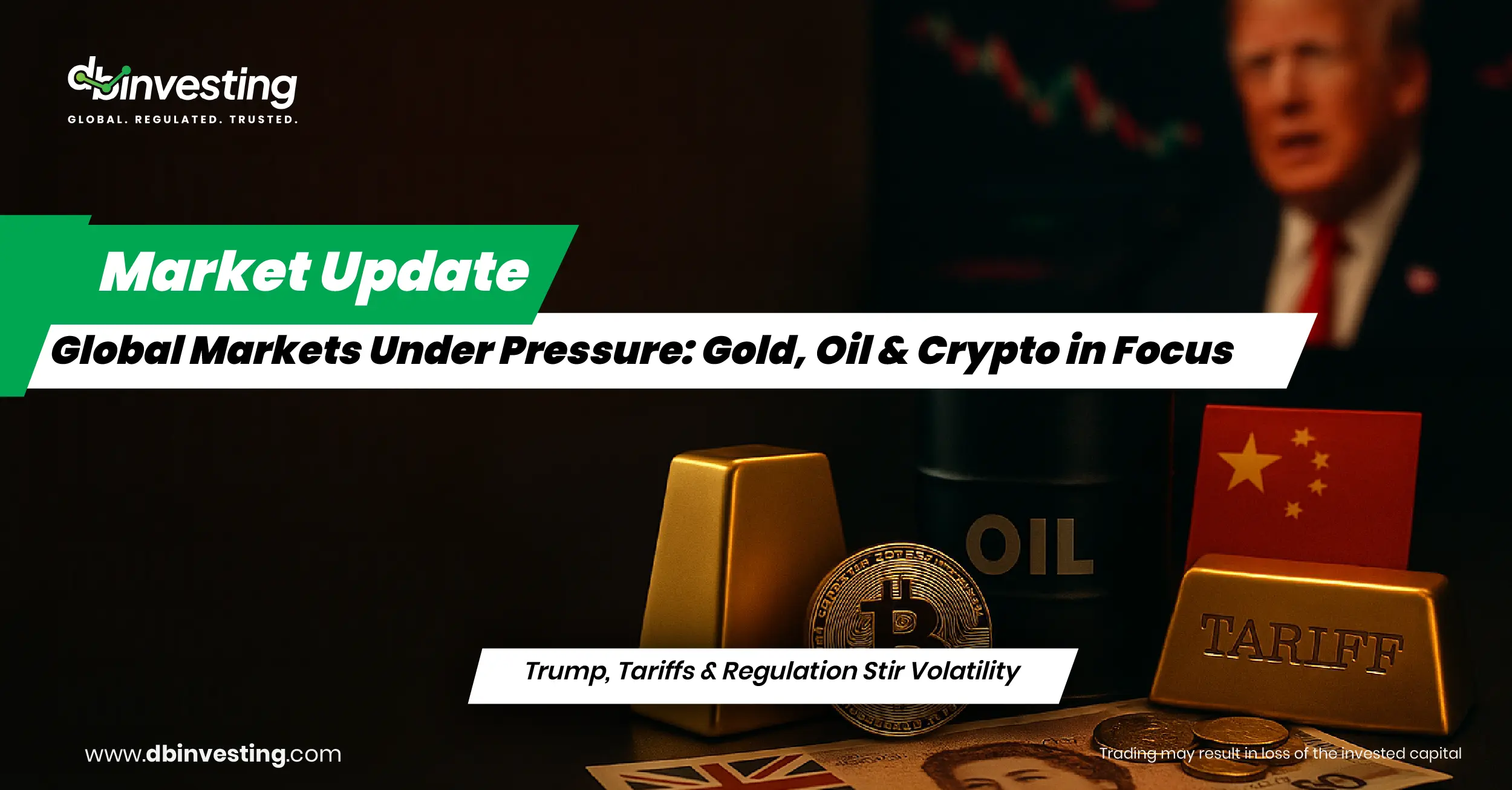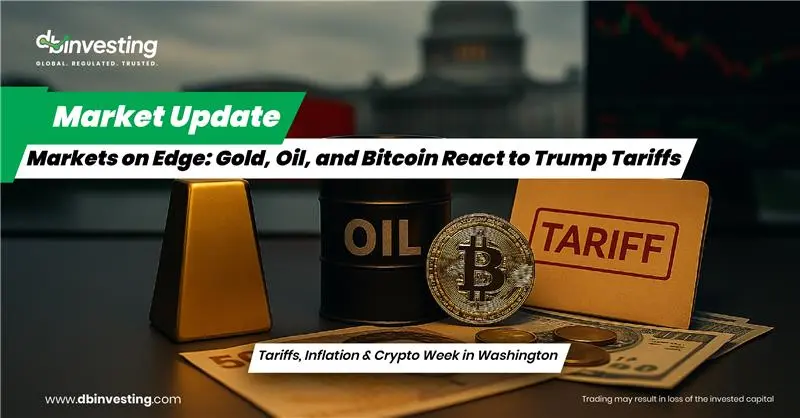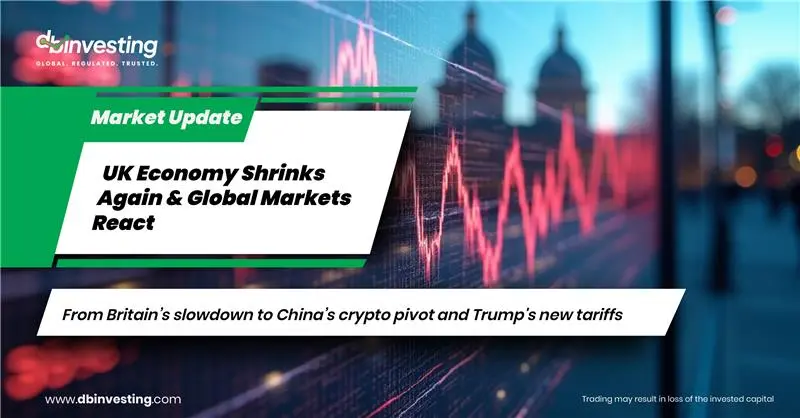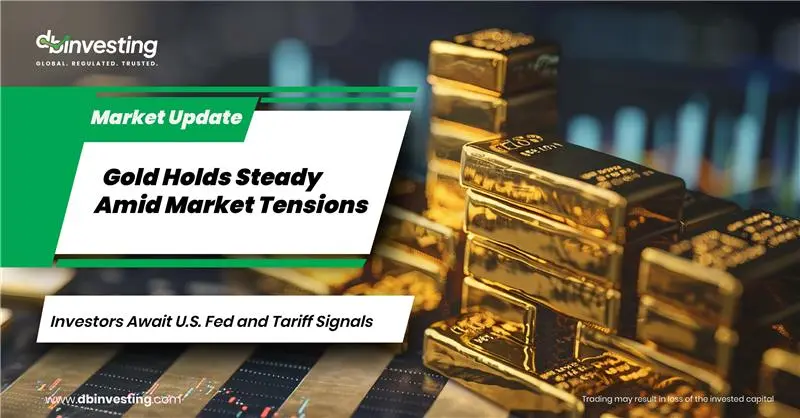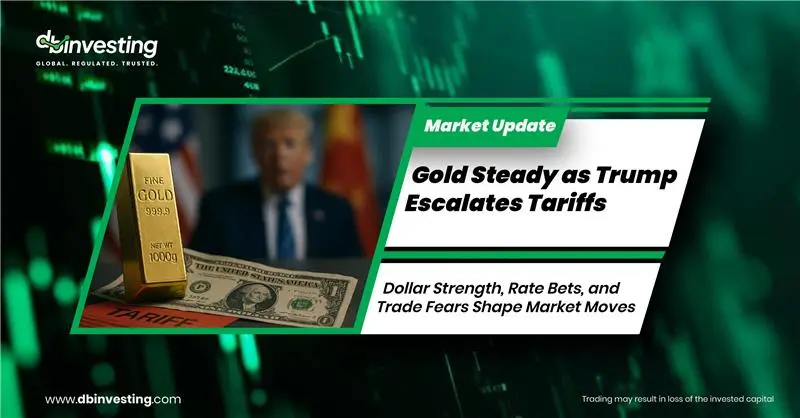Gold & Bitcoin React to Strong US Data and Crypto Regulation Moves
Gold prices remained largely unchanged on Friday and were on track for a weekly decline, pressured by a stronger dollar and solid US economic data. Platinum, however, surged to its highest level since August 2014.
As of 06:40 GMT, spot gold held steady at $3,339.20 per ounce, while US gold futures hovered at $3,344.60. Gold is set for a 0.5% weekly drop.
Despite the dollar slipping by 0.1% against major currencies on Friday, it was still poised for a second consecutive weekly gain, making dollar-priced gold more expensive for holders of other currencies.
✅ US Economic Strength Supports Dollar
Recent economic data continues to underscore the resilience of the US economy, limiting expectations of aggressive monetary easing by the Federal Reserve:
- Retail Sales: Jumped 0.6% in June, surpassing forecasts after a revised 0.9% decline in May.
- Jobless Claims: Fell by 7,000 to 221,000, below expectations of 235,000.
- CPI Data: Reinforced the Fed’s cautious stance on rate cuts, indicating persistent inflation.
Political tensions surfaced again with President Trump denying plans to dismiss Fed Chair Jerome Powell, yet leaving the door open to the possibility.
Investors remain on edge with less than two weeks until the August 1st tariff deadline, contributing to market caution.
✅ Outlook for Gold Prices
Market consensus suggests that any future Fed rate cuts, expected in 2025 and 2026, could be key drivers for gold’s potential rebound.
✅ Precious Metals & Crypto Movements
- Asian currencies: Slight changes on Friday but on course for weekly losses due to dollar strength and Fed policy uncertainty.
- Asian markets: Watching Japan’s inflation data closely.
- US Dollar Index: Down 0.2% in Asian trading but set for a weekly gain.
Meanwhile, Bitcoin climbed above $120,000, heading for a fourth consecutive weekly gain after the US House of Representatives passed three significant crypto regulatory bills.
Bitcoin rose 1.7% to $120,552.8, having touched an all-time high of $123,000 earlier in the week. However, profit-taking and regulatory uncertainties capped further gains.
These bills aim to establish a clearer legal framework for digital assets, signaling a unified push during “Crypto Week” to reform crypto regulation in the US. While progress is evident, the final approval in the Senate remains pending.
✅ Conclusion:
Despite a slightly weaker dollar on Friday, solid US data and political tensions continue to weigh on precious metals while crypto markets rally cautiously on hopes for regulatory clarity. Investors should stay alert for policy shifts and upcoming economic indicators.
